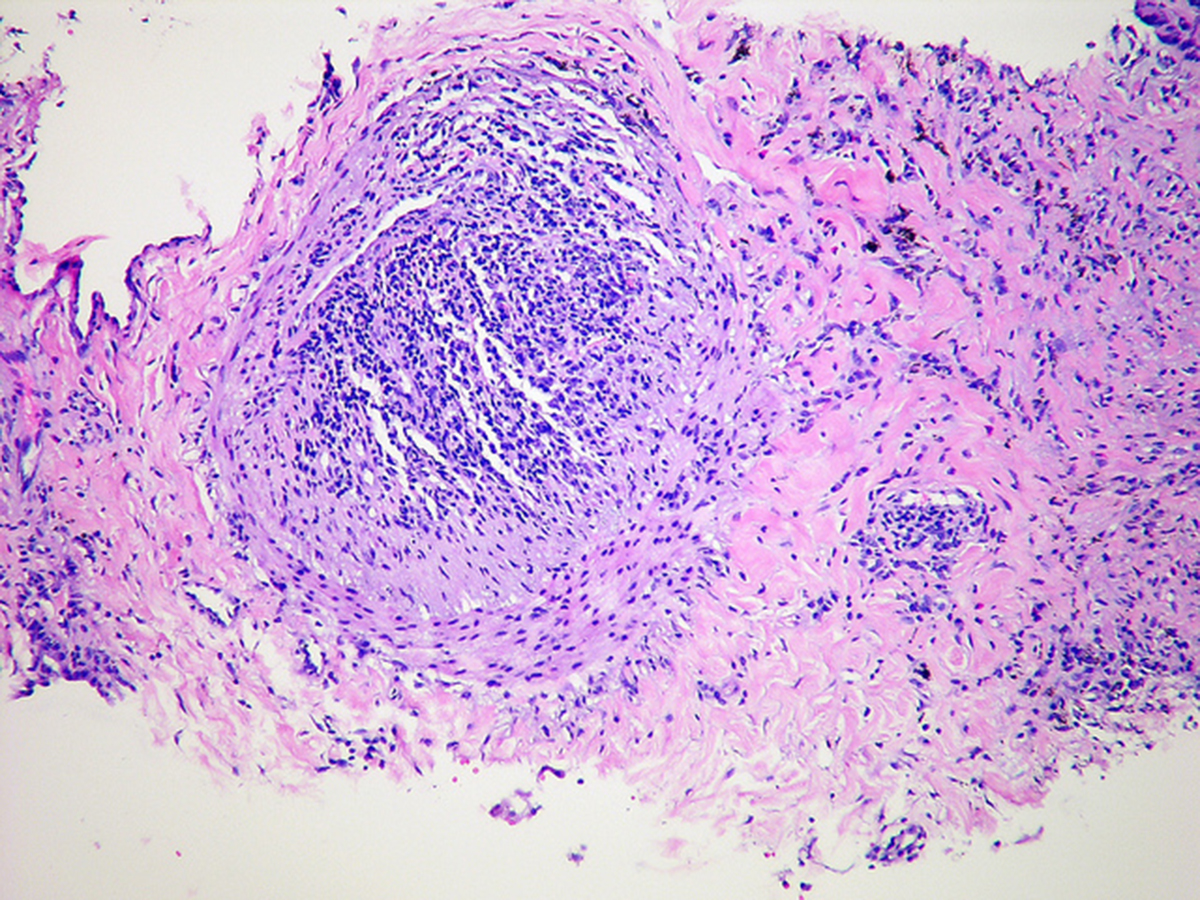Table of Contents
Polymyalgia rheumatica is an inflammatory condition that causes devastating pain and stiffness, but it's surprisingly difficult to diagnose. With the right treatment, however, your quality of life can improve drastically and immediately.
How Do You Know If You Have Polymyalgia Rheumatica?
Causing what looks like generalized symptoms at first sight, polymyalgia is notoriously tricky to diagnose. You are most likely to receive the correct diagnosis if you stumble upon a rheumatologist, who will have been trained to recognize the symptoms of polymyalgia rheumatica, and who will know how they differ from the symptoms of other conditions that appear similar on the surface.
The diagnostic process that serves to determine the cause of your pain and stiffness will start off generally — your healthcare provider will ask you about already known medical conditions, your family background, where in your body you are experiencing your symptoms, when they first arrived, and at which time of the day they are most severe. They will ask you which activities you have difficulty with, and may ask you about your mental health as well.

Polymyalgia rheumatica is a diagnosis of exclusion in many ways. If you have PMR, nonsteroidal anti-inflammatory drugs such as ibuprofen and naproxen will not reduce your pain, while other medications will (we'll get there in a bit). Therefore, your doctor will also ask you how you react to over the counter pain medications, specifically NSAIDs.
Blood tests used to detect inflammation in the body — such as an erythrocyte sedimentation rate test and a C-reactive protein test — can also be employed over the course of the diagnostic process. People with polymyalgia rheumatica will typically show extremely high inflammation rates.
Imaging tests and a physical examination may also be used to determine whether your stiffness is caused by polymyalgia rheumatica, however if your healthcare provider has a very strong incling that you have the disease, they may move straight to prescribing you a low dose of corticosteroids (such as Orasone). Why? If you indeed have polymyalgia rheumatica, you will quickly react to these drugs by showing a remarkable improvement in your symptoms. The very fact that the corticosteroids work for you can confirm the diagnosis of polymyalgia rheumatica. You may get your diagnosis and your "cure" at the same time, in other words.
What Now?
Remember Edith? Once she saw a rheumatologist who suspected she had PMR, things changed for her very rapidly after she was started on corticosteroids. The corticosteroids worked for her, and after years of constant pain, she has now found joy in life again. If your results are anywhere near as good as hers, your "what now?" will simply consist of taking corticosteroids and enjoying your life with a lot less pain and a lot more mobility. Because corticosteroids can have side effects, even unpleasant ones like osteoporosis, cataracts, thinner skin and high blood sugar levels, you will, however, need to see your doctor for regular checkups from this point forward. You will also need to watch out for signs of giant cell arteritis.
- Photo courtesy of Emily Higginson: www.flickr.com/photos/emilyhigginson/2884128460/
- Photo courtesy of Pulmonary Pathology: www.flickr.com/photos/pulmonary_pathology/7603841482/


Your thoughts on this